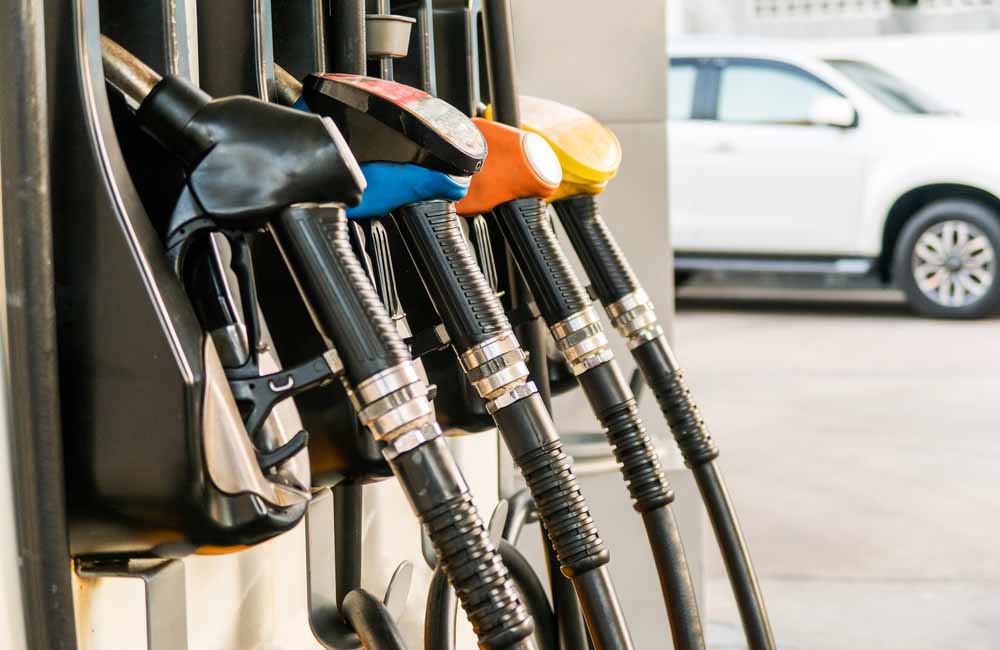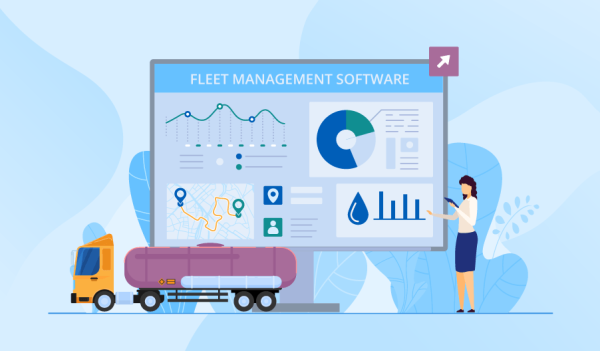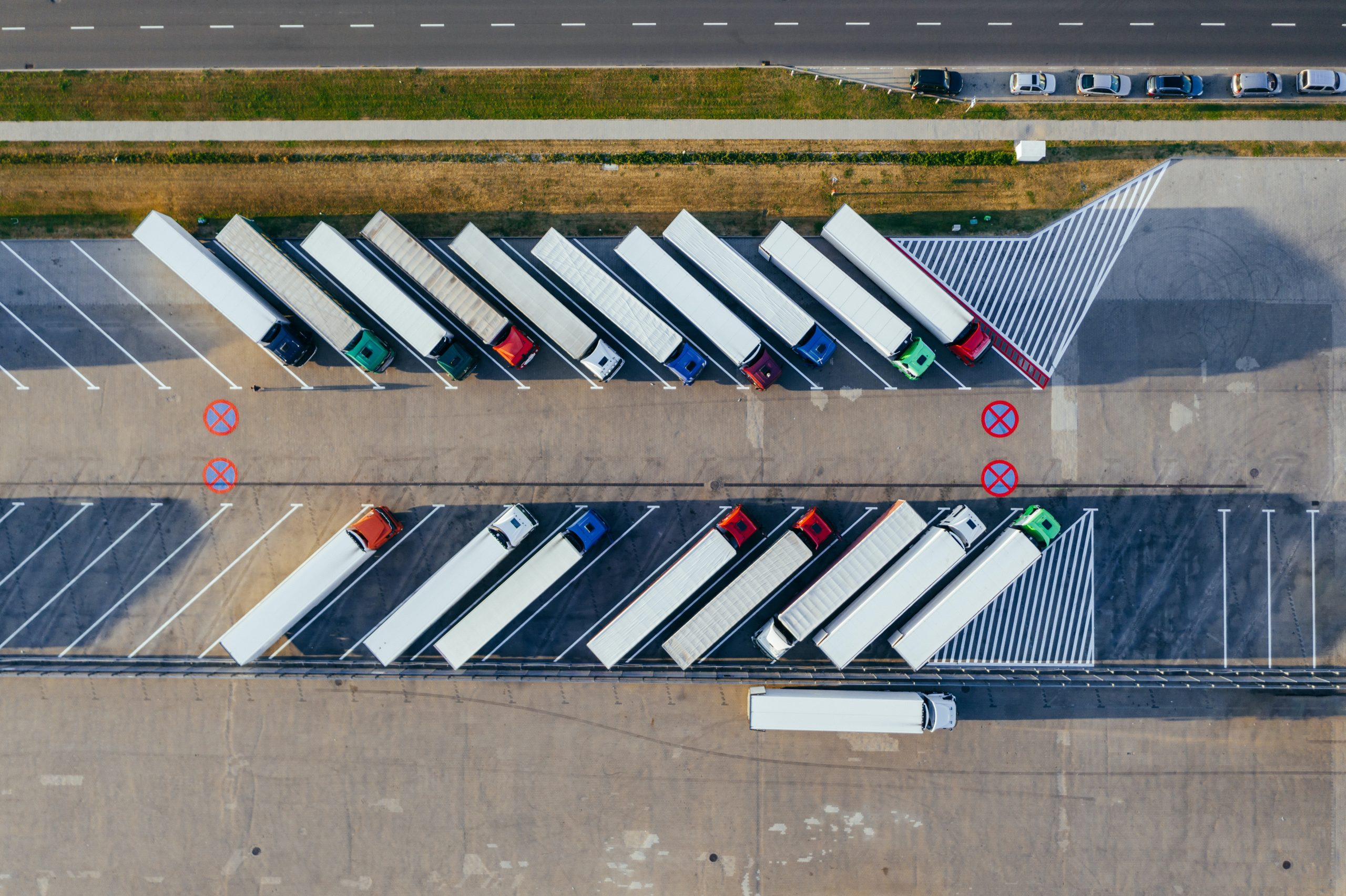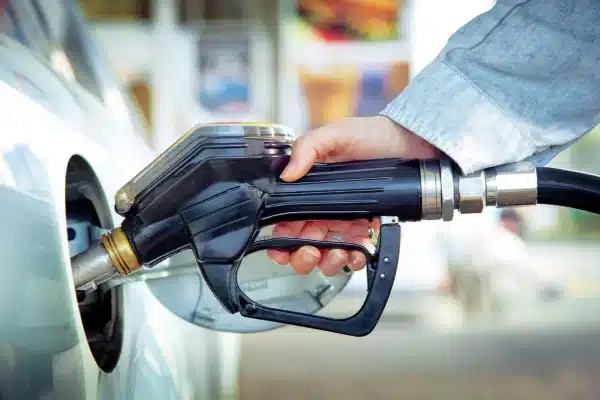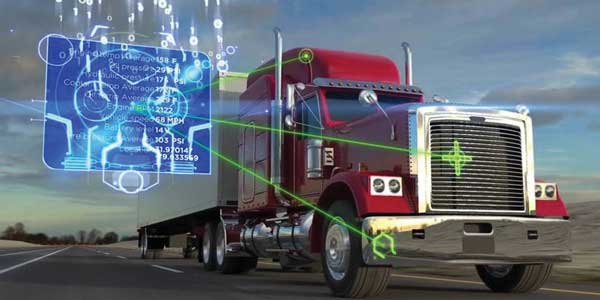The implementation of fleet management solutions has become an essential strategy for enhancing road safety. These solutions comprise a suite of tools and technologies designed to monitor and manage the myriad aspects of fleet operation, from vehicle maintenance to driver behavior. Modern logistics and delivery systems rely heavily on fleet operations to address road safety, a fundamental concern for fleets of all sizes. The efficiency of fleet operations is deeply intertwined with the safety of the vehicles and their drivers. As the lifeblood of commerce and community services, fleets are under constant pressure to maintain an impeccable record of safety and reliability. However, with the expansion of the industry and an increasing demand for transportation services, the incidence of fleet-related accidents has become a significant issue, impacting both human lives and business sustainability.
The annual accident rate for commercial fleets hovers around 20%, and this number can climb higher in industries such as pharmaceuticals. This high frequency of incidents is often attributed to the extensive miles fleet drivers cover annually. The repercussions of these accidents are far-reaching, not just for the operators and other road users, but for the businesses that depend on these fleets.
In the United States, for example, the first quarter of a recent year saw a worrying 7% increase in traffic deaths, amounting to 9,560 lives lost—the highest recorded figure for a quarter, as reported by The National Highway Traffic Safety Administration (NHTSA). Moreover, in 2020, there was a staggering 30.1% increase in freight transportation-related fatalities compared to a decade earlier, with trucks accounting for the majority of these incidents.
By leveraging the power of real-time data, predictive analytics, and telematics, fleet management solutions aim to mitigate the risks associated with road travel, ensuring that fleet operations are not only efficient but, most importantly, safe for all.
Understanding Fleet Management Solutions
Fleet management involves overseeing, organizing, and recording all aspects of a company’s transportation fleet. It’s an intricate process that streamlines operations for companies that rely on transportation in business to minimize risks associated with vehicle investment, improve efficiency and productivity, and comply with a stringent regulatory framework. Essentially, fleet management is the nexus between the business’s operational strategy and its mobile assets.
Central to fleet management systems are several key components that harmonize the operations of a fleet:
- Vehicle Tracking: Employing GPS technology, vehicle tracking systems provide real-time location data, allowing for meticulous route planning and immediate response to any on-road incidents.
- Maintenance Management: Proactive maintenance modules predict and schedule servicing for vehicles based on real-time data and historical information, reducing the likelihood of breakdowns and extending vehicle life spans.
- Driver Management: This component focuses on monitoring driver performance, ensuring compliance with driving hours regulations, and identifying areas for improvement through training and feedback.
- Safety Management: Integrating tools for monitoring vehicle speed, driver behavior, and compliance with safety policies to help prevent accidents and improve overall road safety.
- Compliance: Assuring all vehicles and drivers meet legal and corporate standards and regulations, including emissions standards, Hours of Service (HoS), and tax records.
- Fuel Management: Analyzing and controlling fuel consumption to increase efficiency and reduce costs, which also has environmental benefits.
Technology is deeply woven into each component of fleet management, transforming traditional practices with modern solutions. GPS and telematics play a pivotal role, collecting and transmitting valuable data in real-time. The integration of Internet of Things (IoT) devices allows for the constant monitoring of vehicle health, sending alerts for preventive maintenance before costly breakdowns occur.
On the driver side, technology is employed to monitor driving patterns, helping to identify risky behaviors that can lead to accidents or inefficiencies. Advanced analytics convert the vast streams of data into actionable insights, enabling fleet managers to make informed decisions that align with safety and efficiency goals.
The technological integration in fleet management not only enhances operational efficiency but also fortifies the safety protocols that are vital to reducing road accidents. By embracing these technologies, fleet operations can transition from reactive to proactive management, ensuring the well-being of drivers and the public, while also safeguarding the company’s assets and reputation.
The Role of Fleet Management in Road Safety
The integration of fleet management solutions has shown a significant positive impact on road safety. These solutions address various aspects of fleet operations, from driver behavior to vehicle maintenance, all of which contribute to a reduction in road accidents. Real-world case studies further illustrate the efficacy of these systems.
Case Study #1:
One such case involves an Illinois-based private fleet that faced over 50 preventable accidents monthly. After integrating a comprehensive driver management platform, which consolidated telematics, camera alerts, CSA violations, HR records, accident data, and more, the company saw a drastic change. Despite a 59% increase in their number of drivers, accidents per driver were reduced by 52%, and injuries from accidents dropped by over 26%. Even during periods of rapid growth, this case study demonstrates that the right fleet management system can significantly mitigate risk by enabling data-driven decisions and proactive management.
Case Study #2:
In another such example, the healthcare sector, Adapt Integrated Health Care, which operates a fleet across southwest Oregon, faced operational inefficiencies due to outdated vehicle tracking and key management methods. After implementing fleet management software, they experienced improved operations, which supported their growth from 200 to over 500 employees. The software allowed for better vehicle management and efficient support of their mission, suggesting that it would have needed 55% more vehicles without this system.
Case Study #3:
In yet another case from the City of Stamford, Connecticut, the implementation of a fleet management solution enabled the city to not only manage a large fleet of 1,100 vehicles, but also introduce vehicle sharing policies and reduce its motor pool from 80 to just 29 vehicles. This resulted in savings of $560,000 over two years and projected five-year savings of over $1 million. Additionally, GPS tracking integrated into the system improved maintenance scheduling and driver accountability, highlighting how data-driven decision-making in fleet management can significantly enhance operational efficiency and safety.
These case studies underscore the multifaceted role of fleet management solutions in promoting road safety. By harnessing the power of data, analytics, and technology, organizations can significantly reduce accident rates, improve the safety of their operations, and achieve a better return on investment.
Features of Fleet Management Solutions That Enhance Safety
Real-time Vehicle Tracking and Monitoring
Fleet management solutions offer GPS-based tracking that allows for the constant monitoring of vehicle locations and movements. This feature helps in optimizing routes, responding promptly to emergencies, and ensuring drivers adhere to the planned paths, significantly improving safety.
Predictive Analytics for Vehicle Maintenance
By analyzing vehicle data, predictive analytics can forecast potential maintenance issues before they result in breakdowns. Regular and proactive maintenance ensures that vehicles are always in safe working condition, thereby reducing the risk of accidents caused by vehicle failures.
Driver Behavior Monitoring and Training Tools
Monitoring systems within fleet management can track a driver’s habits, such as speed, braking patterns, and idle times. This data can be used to identify risky behaviors, and in conjunction with driver training tools, can educate drivers on safer driving practices.
The Use of Telematics to Prevent Accidents
Telematics systems can integrate vehicle diagnostics with driver data, providing a comprehensive overview of fleet operations. The insights gathered from telematics can help prevent accidents by ensuring both the vehicle and driver are operating optimally.
Compliance with Road Safety Regulations through Fleet Management Systems
Fleet management systems help ensure compliance with road safety laws by keeping track of necessary documentation, maintenance records, and driver hours. Compliance with these regulations not only prevents legal penalties but also promotes a culture of safety within the fleet.
Implementing Fleet Management Solutions for Safety
Before integrating a fleet management solution into their existing systems, companies must first consider and assess the following:
- Assessment of Needs: Begin by evaluating the current system and identifying specific needs and areas for improvement.
- Choosing the Right Solution: Select a fleet management solution that aligns with the operational goals and scale of the fleet.
- System Integration: Integrate the chosen solution with existing hardware and software, ensuring data flow is seamless across all platforms.
- Data Migration and Setup: Transfer all relevant data to the new system and configure settings to match the fleet’s operational processes.
Training Personnel for Maximum Utilization of Fleet Management Tools
- Develop Training Programs: Create comprehensive training programs that cover all aspects of the new fleet management tools.
- Hands-on Training: Conduct practical sessions to familiarize personnel with the system’s interface and functionalities.
- Continuous Learning: Establish ongoing training and support to keep personnel updated on new features and best practices.
Monitoring and Evaluating the Impact on Road Safety
- Set Safety Benchmarks: Establish clear metrics to measure the impact of the fleet management system on road safety.
- Regular Monitoring: Use the system’s analytics and reporting tools to monitor safety-related data and identify trends.
- Evaluation and Adjustment: Regularly assess the system’s effectiveness and make adjustments as necessary to continuously improve safety outcomes.
Challenges and Considerations
Implementing fleet management solutions for safety brings several challenges and considerations that businesses must navigate carefully.
Addressing Privacy Concerns with Driver Monitoring
Privacy concerns are paramount when monitoring driver behavior. Companies must ensure compliance with privacy laws, gain driver consent, and secure data to protect personal information. Transparency about data collection and its purpose can help alleviate concerns and foster a culture of mutual trust.
Balancing Cost and ROI for Small and Medium Enterprises
The cost of fleet management systems can be significant, especially for SMEs. These businesses must weigh the initial investment against the long-term ROI, which includes reduced accidents and operating costs. Solutions tailored for SMEs with scalable features and pricing can offer a balanced approach.
Overcoming Resistance to Technology Adoption within Fleet Operations
Resistance to new technology can be a barrier. Effective change management, including clear communication of benefits, hands-on training, and support, can facilitate a smoother transition. Engaging drivers and staff in the process and addressing their concerns directly can also promote a more accepting attitude towards new fleet management technologies.
The Future of Fleet Safety: Emerging Trends
The future of fleet safety is closely tied to advancements in technology. Emerging trends include the integration of AI and machine learning for more predictive analytics, the use of autonomous vehicles, and the implementation of Internet of Things (IoT) for better vehicle interconnectivity.
Predictions on How These Will Further Enhance Road Safety
As these technologies mature, we can expect them to offer more precise risk assessments, automate responses to potential hazards, and provide more comprehensive safety features. This will likely lead to a decrease in human error-related accidents and a new standard of safety in fleet management.
Final Thoughts
The critical role of fleet management in reducing road accidents cannot be overstated. With the right combination of technology, training, and data analytics, fleet management solutions offer a path to safer roads and more efficient business operations. For industry leaders and businesses looking to make a change, the time to act is now. Investing in these solutions not only enhances safety but also drives economic benefits.
Contact us at GoFleet if you’re ready to customize a fleet management strategy that aligns with your specific needs. Our experts can help you navigate and implement a system that will safeguard your assets, your employees, and the public at large.





